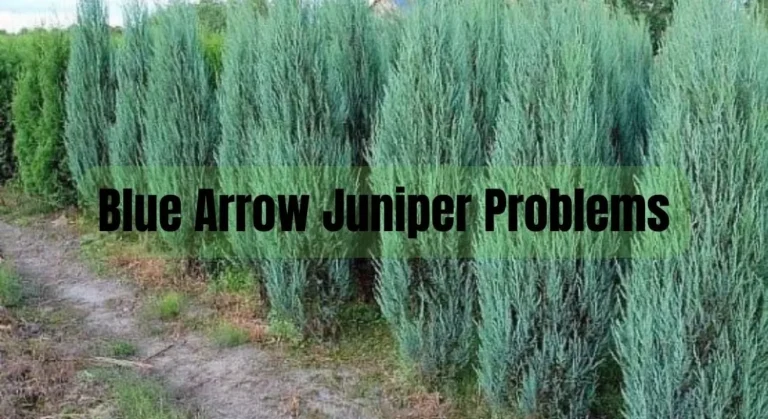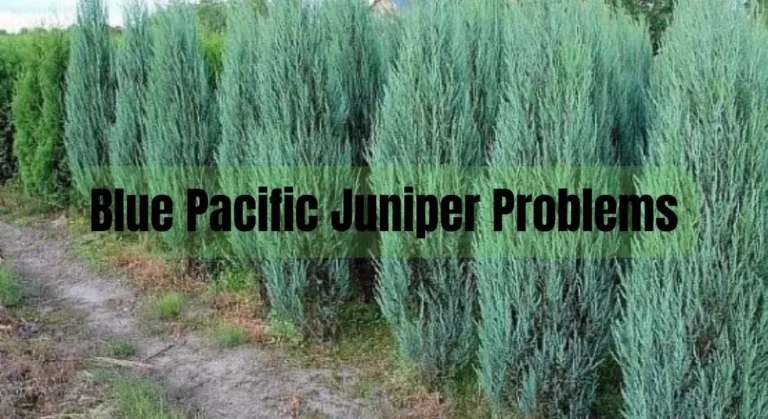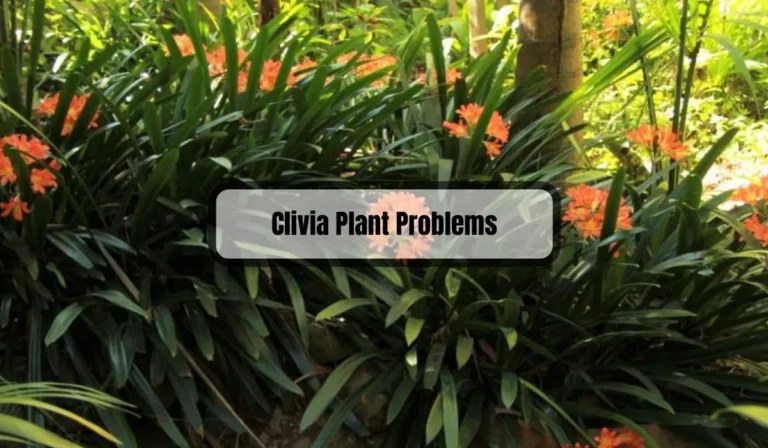Troubleshooting Yellow Leaves During Week 4 Flowering
Welcome to your guide on dealing with yellow leaves during week 4 of flowering. As a cannabis grower, you’re aware that yellow leaves can signal trouble during this critical stage of plant development. In this article, we’ll delve into the causes of yellow leaves and their prevention and treatment.
Understanding yellow leaves during week 4 of flowering is crucial for your plants’ health and growth. They can indicate various issues, including nutrient deficiencies, pests, diseases, and environmental factors like temperature and humidity. Identifying the cause is essential to take prompt action. If left untreated, yellow leaves can result in stunted growth, reduced yields, and even plant death.
Possible causes of yellow leaves in week 4 of flowering are numerous, including nutrient deficiencies (nitrogen, magnesium, or iron), pests (spider mites, thrips, or whiteflies), and diseases (powdery mildew, bud rot, or root rot).
Environmental factors such as high temperatures, low humidity, or improper lighting can also contribute. In the next section, we’ll discuss how to prevent and treat yellow leaves during this critical phase.
Key Takeaways
- Yellow leaves during week 4 of flowering can be caused by a variety of factors, including nutrient deficiencies, pests, diseases, and environmental factors.
- Identifying the cause of yellow leaves is crucial to prevent stunted growth, poor yields, and plant death.
- Prevention and treatment of yellow leaves during week 4 of flowering include proper nutrient management, pest control, disease prevention, and monitoring environmental factors such as temperature and humidity.
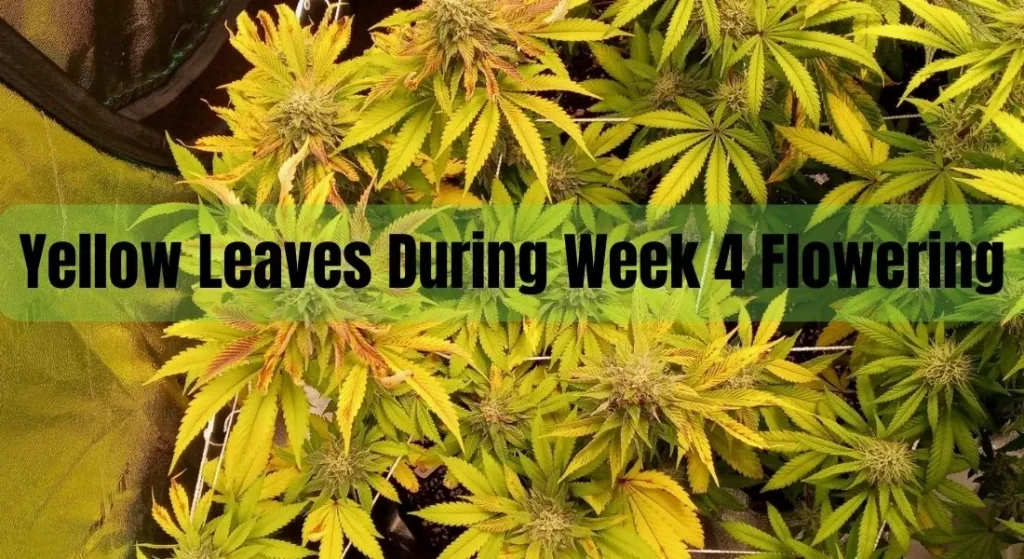
Week 4 Flowering Yellow Leaves
So, you’ve noticed some yellowing leaves during week 4 of flowering. Don’t panic! This is a common issue that can be caused by a variety of factors. In this section, we will discuss the possible causes of yellow leaves during week 4 of flowering and how to treat them effectively.
Possible causes of yellow leaves during week 4 of flowering
Yellow leaves during week 4 of flowering can be caused by a number of things, including:
- Nutrient deficiencies: If your plant is not getting enough nutrients, it may start to show signs of yellowing leaves. Make sure you are providing your plant with the right balance of nutrients, including nitrogen, phosphorus, and potassium.
- Pests: Pests like spider mites and thrips can cause yellowing leaves. Keep an eye out for any signs of infestation and treat them as soon as possible.
- Diseases: Fungal diseases like powdery mildew and bacterial infections can also cause yellowing leaves. Make sure you are keeping your grow area clean and well-ventilated to prevent the spread of disease.
- Environmental factors: Temperature and humidity can also play a role in yellowing leaves. Make sure your grow area is at the right temperature and humidity levels for your plant.
How to Treat Yellow Leaves During Week 4 of Flowering
Once you have identified the cause of your yellowing leaves, you can take steps to treat them effectively. Here are some tips:
- Nutrient deficiencies: If you suspect a nutrient deficiency, you can try adjusting your nutrient solution to provide more of the missing nutrient. You can also try adding a foliar spray to give your plant a quick boost.
- Pests: If you have a pest problem, you can try using an insecticidal soap or neem oil to get rid of them. You can also try introducing beneficial insects like ladybugs or lacewings to your grow area.
- Diseases: If you have a fungal or bacterial infection, you may need to remove the affected leaves and treat your plant with a fungicide or bactericide. Make sure you are following the instructions on the product carefully.
- Environmental factors: If your yellowing leaves are caused by environmental factors, you may need to adjust your grow area to provide the right conditions for your plant. Make sure you are monitoring the temperature and humidity levels regularly.
Possible Causes of Yellow Leaves

As you progress through the fourth week of flowering, you may notice yellow leaves on your plants. This can be alarming, but don’t panic! Yellowing leaves are a common issue that can be caused by a variety of factors.
Here are some possible causes of yellow leaves during week 4 of flowering:
Nutrient Deficiencies
One of the most common causes of yellow leaves is a nutrient deficiency. During the flowering stage, your plants require different nutrients than they did during the vegetative stage. If you aren’t providing your plants with the right nutrients, they may start to show signs of deficiency.
Here are some of the most common nutrient deficiencies that can cause yellow leaves:
- Nitrogen
- Phosphorus
- Potassium
- Magnesium
- Iron
If you suspect that your plants are suffering from a nutrient deficiency, it’s important to identify which nutrient is lacking and adjust your feeding accordingly.
Pests
Pests can also cause yellow leaves during week 4 of flowering. Common pests that can damage your plants include spider mites, thrips, and aphids. These pests can suck the sap from your plants, causing them to become weak and yellow.
If you suspect that your plants have a pest problem, it’s important to identify the pest and take steps to eliminate it. You can use pesticides or natural remedies to get rid of pests, depending on your preference.
Diseases
Diseases can also cause yellow leaves during week 4 of flowering. Common diseases that can affect your plants include powdery mildew, bud rot, and root rot. These diseases can weaken your plants and cause them to become yellow and sickly.
If you suspect that your plants have a disease, it’s important to identify the disease and take steps to treat it. You can use fungicides or natural remedies to combat diseases, depending on your preference.
Environmental Factors
Environmental factors can also cause yellow leaves during week 4 of flowering. If your plants are exposed to extreme temperatures or humidity levels, they may start to show signs of stress. Additionally, if your plants are overwatered or underwatered, they may become yellow and wilted.
To prevent environmental factors from causing yellow leaves, it’s important to maintain a stable growing environment. Keep your plants in a temperature and humidity range that is comfortable for them, and make sure that you water them properly.
Prevention and Treatment for Yellow Leaves
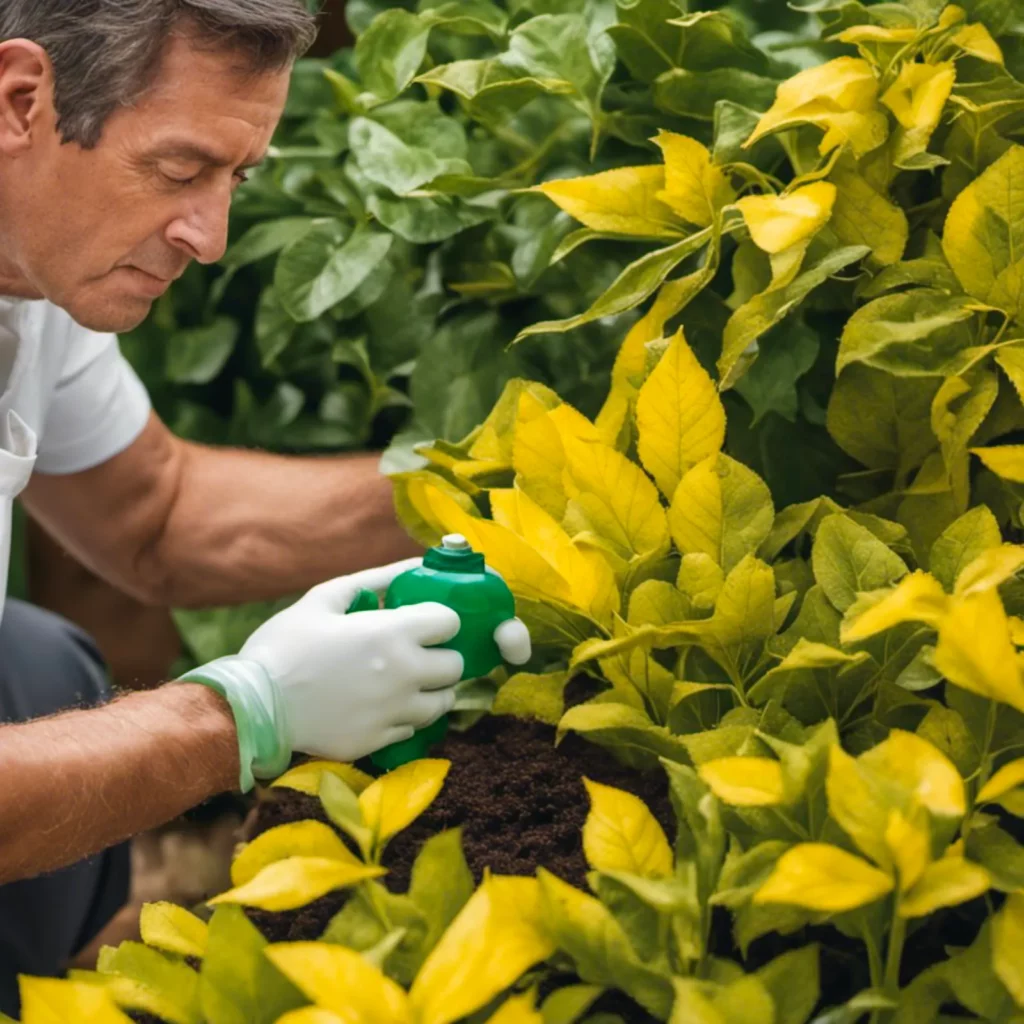
Yellow leaves during week 4 of flowering can be caused by various factors such as nutrient deficiencies, pests, diseases, and environmental factors.
It’s important to identify the cause of yellowing leaves to effectively treat them. Here are some ways to prevent and treat yellow leaves during week 4 of flowering:
Nutrient Deficiencies
During the flowering stage, your plant requires different nutrients than during the vegetative stage. If your plant is lacking in nutrients such as nitrogen, magnesium, or iron, its leaves may turn yellow.
To prevent nutrient deficiencies, make sure to provide your plant with the right nutrients at the right time. You can use organic fertilizers or synthetic nutrients to provide your plant with the necessary nutrients.
Pests
Pests such as spider mites, thrips, and whiteflies can cause yellowing leaves. To prevent pests, make sure to keep your grow room clean and free from debris.
You can also use organic pest control methods such as neem oil, insecticidal soap, or predatory insects such as ladybugs.
Diseases
Diseases such as powdery mildew, root rot, and bud rot can cause yellowing leaves. To prevent diseases, make sure to keep your grow room clean and free from moisture. You can also use organic disease control methods such as copper fungicides or sulfur.
Environmental Factors
Environmental factors such as temperature and humidity can also cause yellowing leaves.
To prevent environmental factors from causing yellowing leaves, make sure to keep your grow room at the right temperature and humidity levels. You can use a thermometer and hygrometer to monitor the temperature and humidity levels.
How to Identify Nutrient Deficiencies Causing Yellow Leaves?
There are several nutrient deficiencies that can cause yellow leaves, including:
| Nutrient | Symptoms |
|---|---|
| Nitrogen | Yellowing of lower leaves |
| Phosphorus | Purple stems and leaves |
| Potassium | Yellowing and curling of leaf edges |
Conclusion
Well, that’s it for this week’s update on my yellowing leaves. It’s been a bit of a rollercoaster ride, but I’m happy to say that things are looking up. Here are some key takeaways from this experience:
- Yellowing leaves can be a sign of a variety of issues, from nutrient deficiencies to overwatering.
- It’s important to diagnose the problem early on so you can take action before it’s too late.
- Don’t be afraid to experiment with different solutions, but be patient and give them time to work.
- Personal experience is invaluable in the world of gardening, so keep a journal and track your progress over time.
Overall, I’m feeling pretty good about where things stand. My plants are looking healthier, and I’m excited to see what the next few weeks have in store. Thanks for following along on this journey with me, and I hope you found some helpful tips and insights along the way.
Related Posts:



